How To Care For Broccoli Plants and Harvest Them Fresh & Crunchy
Plant them in a well-drained soil rich with organic matter for tasteful produce
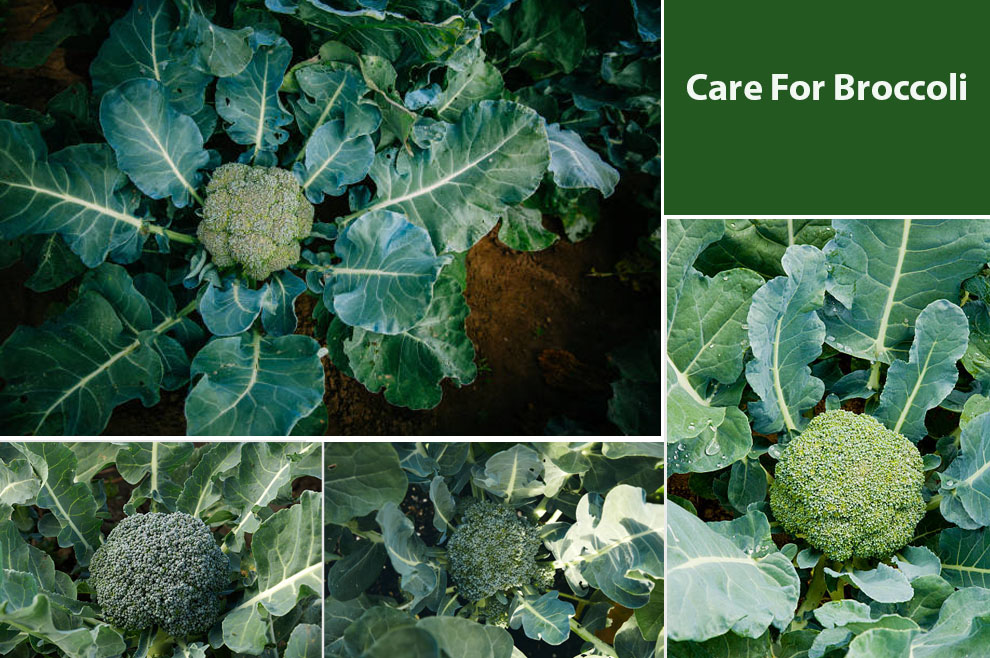
Botanically called Brassica oleracea var Italica, Broccoli belongs to the Brassicaceae family. It is one of the most delicious vegetables, and the best way to enjoy this nutritious vegetable is by eating it straight from the garden. You can also grow them in a container if you do not have ample space.
It yields rapidly and is simple to cultivate, justifying the reason for its popularity. But you must know how to care for Broccoli plants to let it thrive and enjoy the green produce.
So to understand it short, Broccoli is a cold hardy vegetable that thrives in the cooler months with minimum care. It grows well in well drained, fertile soil, with 5-6 hours of sun. In most countries, Broccoli gives two harvests per year (autumn and spring) because of its heat tolerance and quick maturation rate extending its shelf life across all, barring the hottest times in the year.
Depending on your seed plantation time, you can expect to harvest the first Broccoli as early as March. It expands the harvest season as you will have fresh Broccoli from spring through fall. Now, let us address the care instructions for Broccoli.
How To Take Care Of Broccoli Plants?
Broccoli is a low-maintenance vegetable that is easy to care for. If the conditions are apt, you can achieve a rewarding harvest from one packet of seeds. When planting, ensure that the chosen spot is sunny with good drainage.
The problem happens if you do not have a suitable site available. Now, in this case, you can opt for container gardening. Below, we will discuss the planting and care instructions for the Broccoli.
Planting – Spacing, Depth, and More
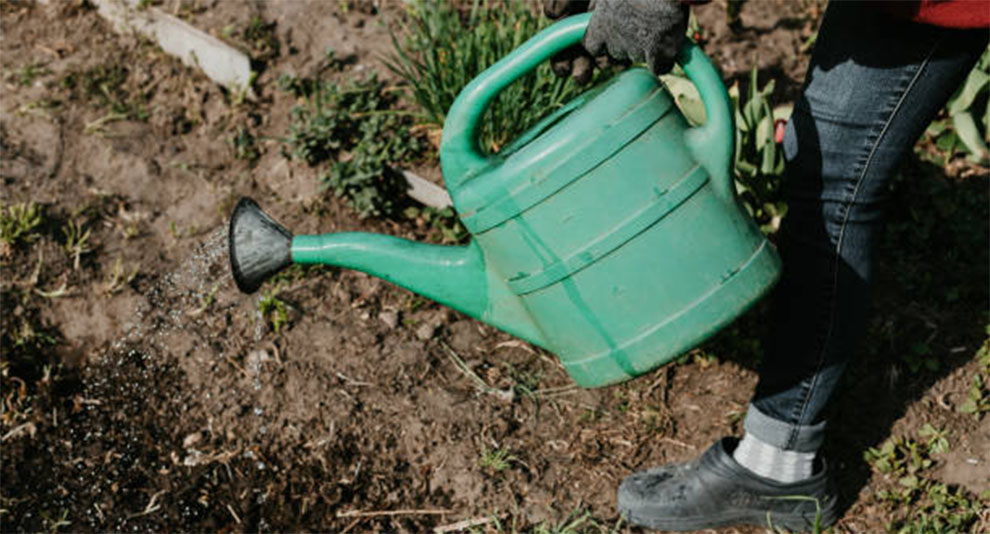
When you decide on planting the Broccoli, pick a spot that receives full sun. Broccoli needs at least four to six hours of sun every day. Insufficient sunlight may result in subpar heads or leggy plants. Next, plant the Broccoli in fertile, moist soil with good drainage.
You can amplify the soil’s fertility by adding a thin manure layer or adding two to four inches of humus or compost into the ground.
Broccoli is a cool-season crop. Hence, depending on your geography, you must plant early to mid-spring to achieve an early summer crop. However, if you are ok with the fall crop, you can plant it in mid to late summer.
High temperatures affect Broccoli development, especially its harvest. Hence, the idea is to ensure the Broccoli establishes pre or post the high temperature commences.
How to grow and care for Broccoli for spring planting?
Plant the Broccoli indoors or outdoors a few weeks before the last spring frost date. Botanists recommend starting indoor seeds at least six to eight weeks before the previous frost date. You must sow your seeds outdoors two to three weeks before the last frost date or as soon as the soil is ready in the spring.
How to care for Broccoli plants for fall plantings?
Sow the seeds outdoors at least eighty-five to hundred days before the first fall frost, when the ambient and soil temperatures are high.
How To Plant Broccoli?
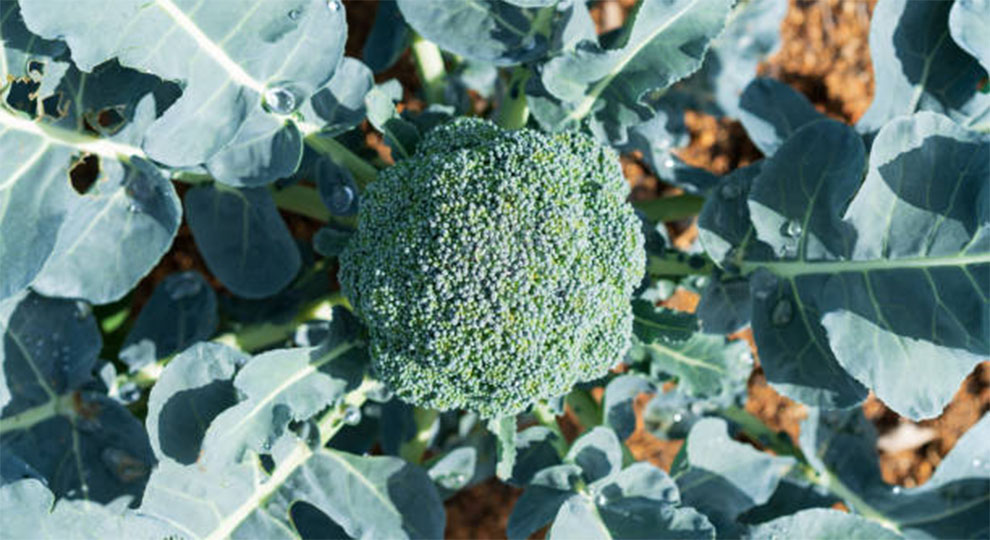
If you are growing Broccoli outdoors, sow the seeds three inches apart and about ½-inch deep. After the seedlings reach two to three inches, you can thin them, ensuring the plants are at least 12 to 20 inches apart.
Transplant the plant outdoors, twelve to twenty inches apart if you grow the seeds indoors in holes deeper than the container depth. Now, how to care for Broccoli seedlings? Space the row of Broccoli at least three feet apart.
If you sow them closer, it may yield smaller primary heads but higher secondary heads. At the time of planting, you must water them well.
Location: Ground or the Container?
Broccoli is one of the easy-going vegetables that can thrive in pots and ground. Since it has a vast spread, you must plant only a single Broccoli in a five-gallon container. But, if you have a 15-gallon container, you can accommodate at least two to three plants.
Pots, particularly the black containers, absorb a lot of heat, and nobody wants the pot to go past 80 F or 27 C. Hence, avoid the black containers, and place the containers in full shade and the Broccoli in full shade.
Soil
How to care for Broccoli plants concerning their soil requirements? Broccoli thrives in a well-draining, rich loamy soil full of organic matter. Its pH should be slightly acidic to neutral.
Is Mulching Needed or Not?

An organic mulch comprising finely powdered leaves, compost, or finely ground bark helps keep the soil wet, cool and prevents weed growth simultaneously. But, in the colder regions, you must plant via black plastic in the early spring to help warm the soil or leave the ground sans mulch for the sun to warm it.
Water Requirements
Broccoli thrives in well-drained, damp soil. Hence, you must ensure that the plant receives at least an inch of water weekly. Instead of water from above, you must water it from the bottom up. Excessive moisture can result in decay and root rot.
Light
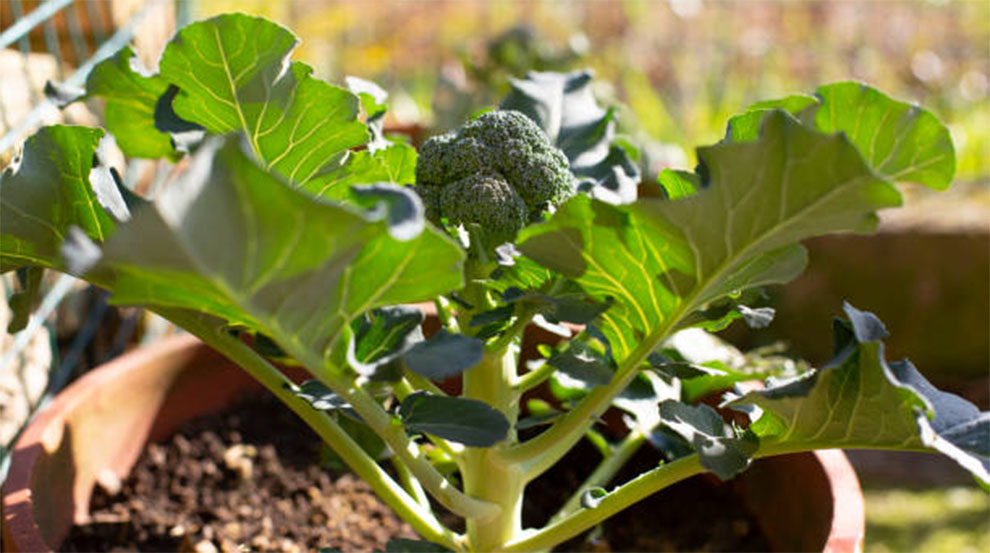
Plant the Broccoli in a spot that receives full sun and at least six hours of direct sunlight on most days. But partial shade in hot temperatures from the afternoon sun can be beneficial. It helps avoid bloating or flowering.
Temperature
Broccoli appreciates the temperature between forty-five and seventy-five degrees Fahrenheit. However, they can tolerate colder temperatures as low as twenty degrees. If you plant them late or are worried about the plant surviving a cold snap, you can buy floating row covers from the local garden center.
These covers accentuate the air temperature by 4-8 degrees. Broccoli can freeze and fully recover, but constant exposure to cold weather can stunt its growth. Freezing temperatures result in buds becoming purple and make the heads softer.
Do You Have To Prune Broccoli Plants?
Broccoli plants yield one primary, large head on top of its central stalk with smaller florets or clusters growing across the lower stem. Depending on what you aspire to from your Broccoli harvest and the season when you plant it, you can prune the Broccoli in different ways.
One month after transplanting, you can pinch the newly developed prominent head with your fingers. Pruning the central head forces, multiple large side shoots form as opposed to the large primary head with several smaller side shoots.
Alternatively, harvesting the main head after it grows, letting the little side shoots develop, and gathering them once they are ready is also an excellent pruning method.
Feed Them Well
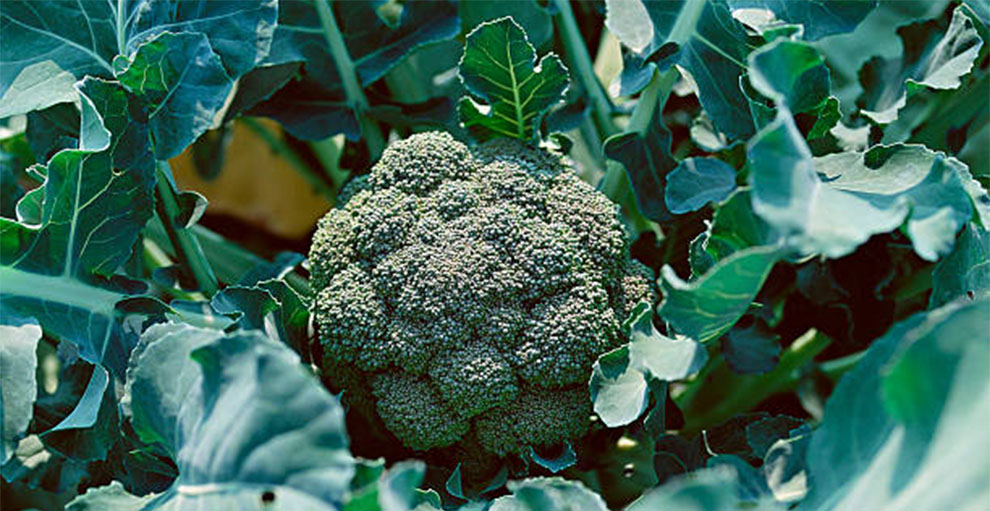
Broccoli is a fast-growing plant. It needs to be fed well with nutrition to grow and thrive. Hence, you must add two-four inches of rich compost, tea compost, or well-aged manure before planting broccoli.
You can also use rabbit manure or aged compost or manure that result in tasty and big heads. Also, feed them with nitrogen-rich fertilizer for extended side-shoot production.
Companion Plants In The Ground
After knowing how to grow and care for Broccoli, you must ensure to plant what grows well with broccoli. You can plant celery, thyme, beets, shallots, or rosemary with broccoli.
What Is The Best Month To Plant Broccoli?
Broccoli is a cool-season vegetable. It thrives in temperatures between 50 and 75 degrees Fahrenheit, and whenever the temperature gets warmer than this, Broccoli bolts.
Consequently, it develops inedible flowers. Hence, plant it in the cooler months of the year. Thus, the perfect time for a plantation is between September to November.
Pests and Diseases That Affect Broccoli
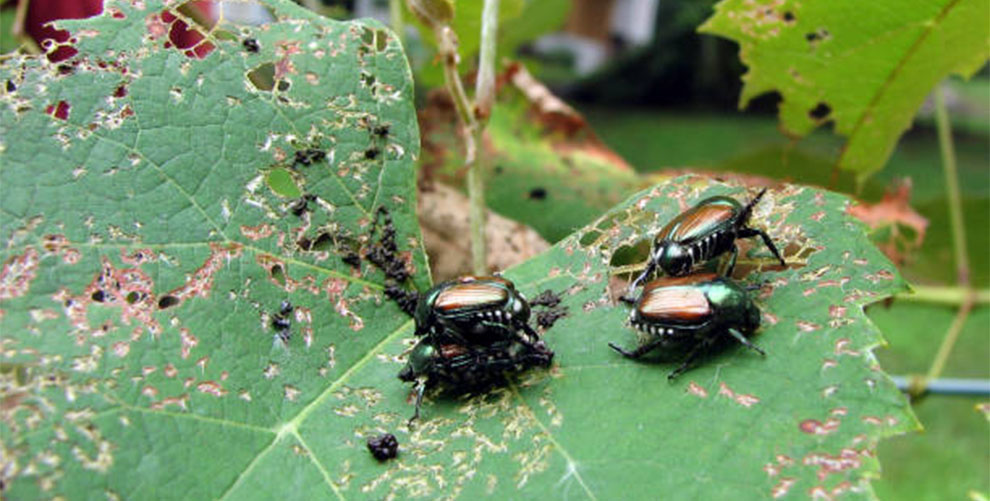
- Pests like cabbage loopers, and cutworms, imported by cabbage root maggots, cabbage worms, aphids, and slugs, attack Broccoli. You can add a protective collar around the young plants to keep cutworms at bay. Handpick the worms and loopers or destroy them with insecticidal soap or diatomaceous earth.
- If you cannot catch the pests and start seeing holes chewed through the leaves, spray it with neem oil.
- Using good potting soil, you can keep almost all soil-borne diseases at bay.
- Powdery mildew is one of the most common fungal infections you must watch out for, especially in the container plant when the air circulation is adequate. You can spot them as white patches on the leaves. You can prevent it by keeping the stems and the leaves dry and creating a humid environment.
Frequently Asked Questions
Ques 1. How long does Broccoli take to grow?
Ans. Broccoli takes 50 to 100 days to grow from sowing seeds to harvest. However, the actual period depends on the variety you grow. Further, when you buy the seeds, you must check the seed packets for precise knowledge of the maturity dates.
Ques 2. When to pull Broccoli plants?
Ans. Ideally, the harvest depends on how well versed you are with knowing how to take care of Broccoli plants. You may harvest the Broccoli when it is ready and has a decent sized head.
If you leave them too long, the florets open up as they develop into flowers. Consequently, the Broccoli loses its flavor and becomes inedible. Once the harvest dates are close, you must regularly examine the Broccoli florets.
Alternatively, you can know when it is time to harvest by checking the plant’s height. It indicates mature Broccoli when the plant gets between six and seven inches.
Ques 3. How to grow Broccoli from the stem?
Ans. Here is a step-by-step guide for growing Broccoli from stems:
1. Pick a healthy stalk – Select the Broccoli scraps with stems intact and not damaged. You can also pick Broccoli stems from live Broccoli. You must not choose the items with signs of pest and disease attack.
2. Prepare the stems for planting – Cut a 20 cm stem, remove its leaves and heads, and take only the stalks. Depending on the Broccoli you wish to grow, prepare as many stems as you like.
3. Insert the stems in water – Grab a clear cup or glass and pour water into it that can swallow at least 5 cm of the stems. In every cup, you can add at least three to four stems. Change the water with fresh water whenever the color changes to brown.
4. Wait for the new sprouts or roots – Broccoli stems will grow new roots in a few days. You can let them sit in the water, so fresh leaves and roots can grow a little. However, please do not leave them till they develop into true roots and leaves because when that happens, the plant will require space and nutrients absent in the water environment.
5. Prepare the potting mix – Once the Broccoli stems develop new roots, prepare the potting mix. Get a container of suitable soil, and add a good potting mix. The soil must be fertile and well-drained. If you have added garden soil, add compost, coarse sand, and chopped or shredded wood.
6. Transplant the Broccoli sprouts – Once you prepare the potting mix, transplant the outgrowths into the water with the potting mix. Plant only one or two sprouts for every container. If you have sprouted several stems, do not overcrowd them in a single container. Look for more pots and grow 1-2 sprouts. Ensure that you insert the sprout in the hole that can accommodate the roots. When planting over two Broccoli in a single container, leave at least a three-five inches gap between the two.
7. Water them – Water the Broccoli sprouts and the potting mix to keep them damp. It helps with quicker root and leaf development without imposing massive transplantation stress. However, do not overwater them.
8. Keep the container in a suitable spot – Broccoli loves a ventilated area with partial shade. So, plant it in a location that receives at least four to six hours of direct sunlight daily.
You already know how to care for Broccoli seedlings. So, use the guidelines discussed above after plantation.
Ques 4. How to store Broccoli?
Ans. You can store Broccoli in a refrigerator. However, like every cruciferous vegetable, Broccoli also demands room to breathe. So, you can place them in a perforated plastic bag or loosely wrap them to ensure some air circulation.
Summing up
We hope this clears all the confusion around growing broccoli. Grow this wonderful veggie in your garden and get benefitted by its nutrients fresh & crisp.
